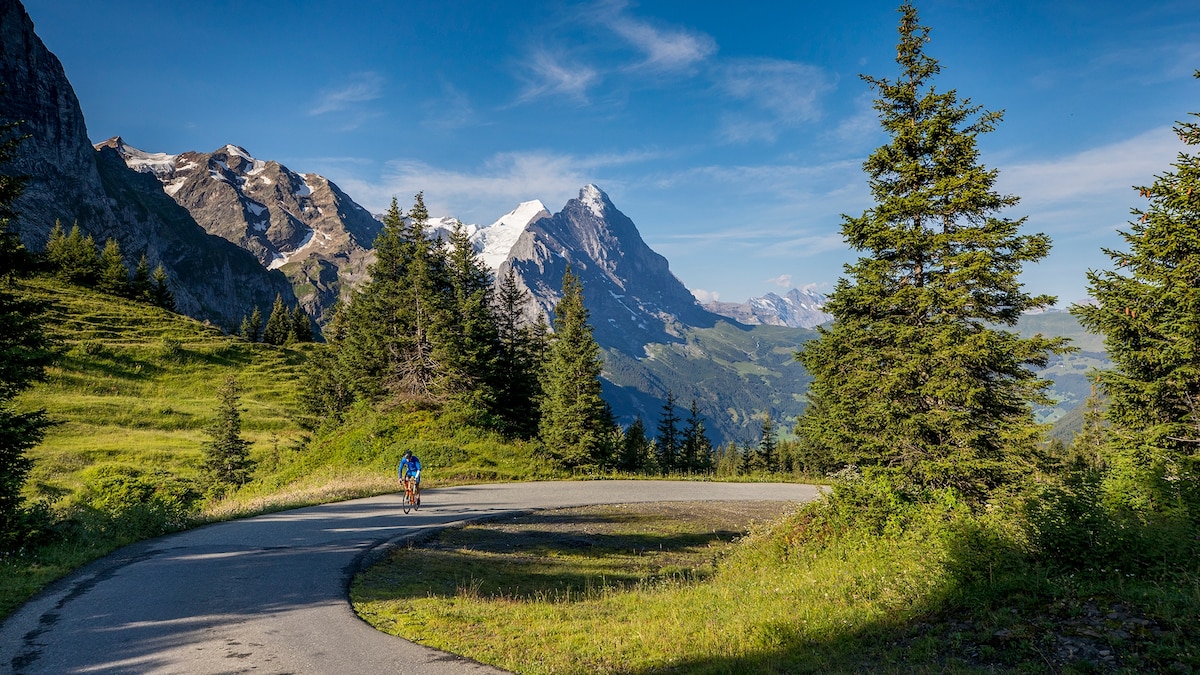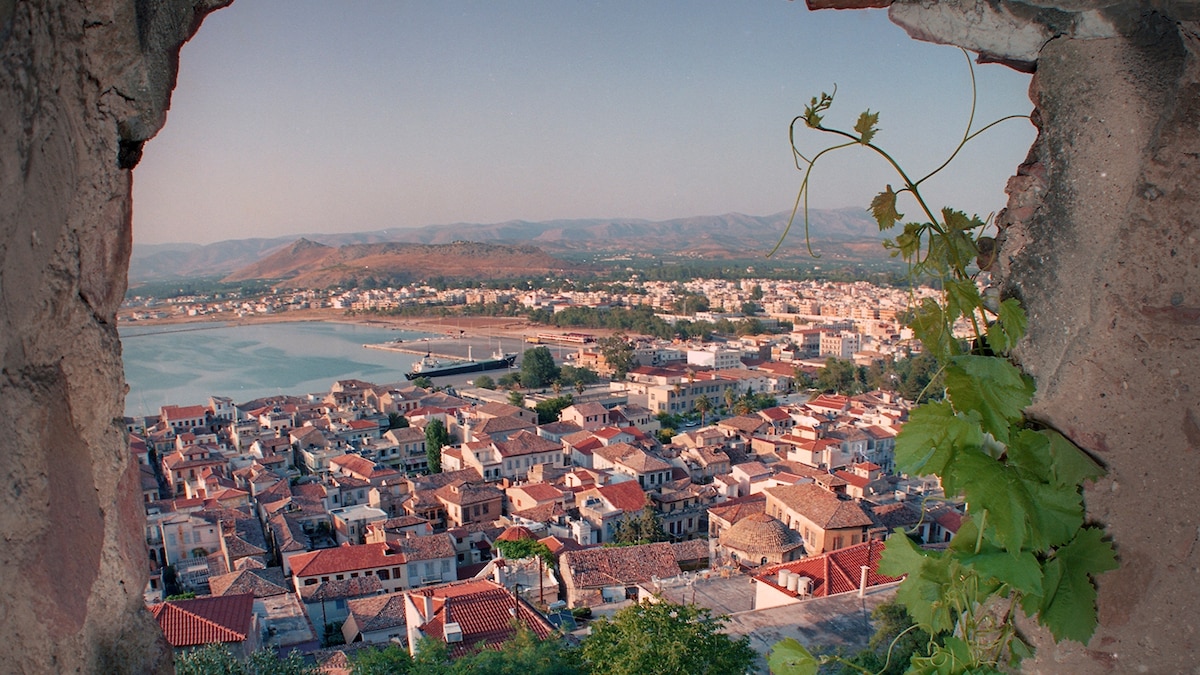Now Reading: How to get off the beaten path in Switzerland’s Bernese Oberland
-
01
How to get off the beaten path in Switzerland’s Bernese Oberland
How to get off the beaten path in Switzerland’s Bernese Oberland

There are many places in Switzerland where the landscape looms large, but nowhere so often as in the Bernese Oberland — the heart of high Alpine country. Located to the south of Switzerland’s federal city, Bern, and within easy reach of Basel, Zurich and Geneva, the Bernese Oberland is a mountain kingdom that’s home to two equally thrilling adventure destinations — the Interlaken Holiday Region and the Jungfrau Region. And yet, this part of Switzerland often feels like the Europe of simpler times: fields of bell-jangling cattle, edelweiss meadows, emerald lakes with vintage paddle steamers and opportunities to hike, bike or ski above villages of picturesque wooden chalets. Here are six superlative adventures to have in the Bernese Oberland, some of which are often overlooked by first time visitors.
Reach great heights on Grosse Scheidegg
Every outdoor enthusiast in the Bernese Oberland knows Kleine Scheidegg, the adventurous mountain pass immediately below the unmistakable north face of the Eiger. Far fewer adventurers have heard of its sibling, Grosse Scheidegg, yet the high-altitude attractions on the opposite side of the Grindelwald Valley are the same — minus the thronging crowds. Accessible in the summer via a PostBus from the fairytale-like village of Grindelwald below, the hiking trails and switchback road on the Grosse Scheidegg are gloriously tranquil gateways for curious hikers and freewheeling bikers. Travellers can also set off from the other side of the mountain pass in the village of Meiringen — best known for its proximity to the breathtaking Reichenbach Falls, which were made famous in Sir Arthur Conan Doyle’s Sherlock Holmes series. From the Grosse Scheidegg, the views of the surrounding Wetterhorn, Engelhörner and Eiger are a portrait in the sublime, and after taking on this steep mountain trail, there’s no better excuse to feast on dishes like Älplermagronen (macaroni cheese) and Rösti on the sun terrace at Berghotel Grosse Scheidegg. In Swiss-German, that’s köstlich (delicious).
Top tip: Not all of Grindelwald’s most stunning sights involve an ascent. While in the region, hike down to the Gletscherschlucht, a 250-million-year-old glacier gorge.
Explore car-free Gimmelwald
The express Schilthornbahn 20XX from Stechelberg to Mürren made headlines when it opened as the world’s steepest cable-car in 2025, but the nostalgic hamlet of Gimmelwald offers the complete opposite: a passport to slowing down. This car-free community can be reached by cable-car from Stechelberg or by hiking along the mountain ridge from Mürren through meadows of Alpine roses. It’s perhaps the quietest Swiss village you’ll ever encounter — soundtracked by birdsong and hay being cut, with a chalet and barn aesthetic of warped wood and dressed flower boxes.
Top tip: Drop into Hotel Pension Gimmelwald for a micro-brewed Schwarz Mönch on the terrace and drink in the scene with the local farmers and shepherds.

Perched on a cliff in the heart of the Alps, Gimmelwald is one of the last car-free villages in Switzerland.
Photograph by Jungfrau Region Tourismus AG
Sip and sample on a vineyard tour in Spiez
Swiss wine is so delicious the country only exports 1% of its annual production — the savvy Swiss keep the rest for themselves. There’s plenty of local wine to sample in the sloping vineyards of Spiez overlooking Lake Thun. Here, you’ll find a two-hour themed sensory trail guiding you through the viticulture year and the harvest in September. Shoreside Thun Castle looks plucked from a Swiss storybook, but with a picnic and a bottle of Spiezer wine, the glimmering lakeside feels almost Mediterranean.
Top tip: While in Spiez, be sure to wild swim in Lake Thun. Its waters are pinch-yourself Caribbean blue.

Standing at 3,970m, Mount Eiger is one of the most recognisable spots in the Bernese Alps.
Photograph by Jungfrau Region Tourismus AG

Spiez is known for its beautiful vineyards on the slopes above Lake Thun.
Photograph by Mike Kaufmann
Cruise the turquoise waters of Lake Brienz
Sailing across a glass-blue lake is a quintessential Swiss experience; yet, Lake Brienz has its own special essence. This is a lake surrounded by ragged peaks, spritzing waterfalls and nostalgia-stirring villages. The steam-driven Lötschberg, a distinct vessel that chugs its way across the glittering lake twice a day, transports passengers back to the belle époque era on two-and-a-half-hour round-trip cruises. Departing from either Brienz or Interlaken Ost, highlights of the journey include gliding past the Giessbach Falls and the stopped-in-time village of Iseltwald, with views of nearby Schnäggeninseli (Snail Island).
Top tip: One of Europe’s oldest funicular railways — the Giessbachbahn, opened in 1879 — transports travellers from the shore to the visually arresting Giessbach Falls in style.
Discover the art of woodcarving
Woodcarving is seeing a renaissance in Brienz. At the Trauffer World of Experiences in the nearby village of Hofstetten, travellers are greeted by the world’s largest wooden Trauffer cow before getting the chance to dive into the traditions behind the Bernese Oberland’s beloved handicraft. You’ll also have the chance to learn how to carve your own take-home Trauffer cow — a symbolic must-have souvenir in the Interlaken Holiday Region. It’s an only-in-Switzerland sort of experience, accompanied by a factory tour through regional expertise and history.
Top tip: While in Hofstetten, visit Rosa’s Bistro and Bakery for regional treats or Alfred’s Restaurant for Swiss meat, game and fish.

A relaxing boat ride across Lake Brienz takes travellers past pretty waterfront villages, including Iseltwald.
Photograph by Mike Kaufmann

Sitting high above the Lauterbrunnen Valley, the Lobhorn hut offers impressive views of the Eiger, Mönch and Jungfrau mountains.
Photograph by Jungfrau Region Tourismus AG
Soar high in the Sulwald cable-car
How many cows could you fit into the Isenfluh-Sulwald cable-car? Just the one, such is the pipsqueak size of this throwback red bubble, which whisks hikers from the village of Isenfluh to the hamlet of Sulwald, perched high above the Lauterbrunnen Valley. Beyond the thrill of the ride, the reasons to visit Sulwald are plenty: for views of the area’s three most thunderous peaks (the Eiger, Mönch and Jungfrau) and for celebrating the cable-car’s 50th anniversary this summer. In a region of superlative mountain transport options, it’s still a delight to be reminded of how easy it is to travel like your grandparents did, then slowly slip off-grid into a hiking wilderness.
Top tip: Climb to Sulsseewli lake and the SAC Lobhorn hut, then really stretch your legs on a trek to the summit of Sulegg at 7,917ft.
Surprised by the Bernese Oberland? Discover more of Switzerland here.
This paid content article was created for Switzerland Tourism as part of a joint initiative with Made in Bern. It does not necessarily reflect the views of National Geographic, National Geographic Traveller (UK) or their editorial staffs.
To subscribe to National Geographic Traveller (UK) magazine click here (available in select countries only).
























